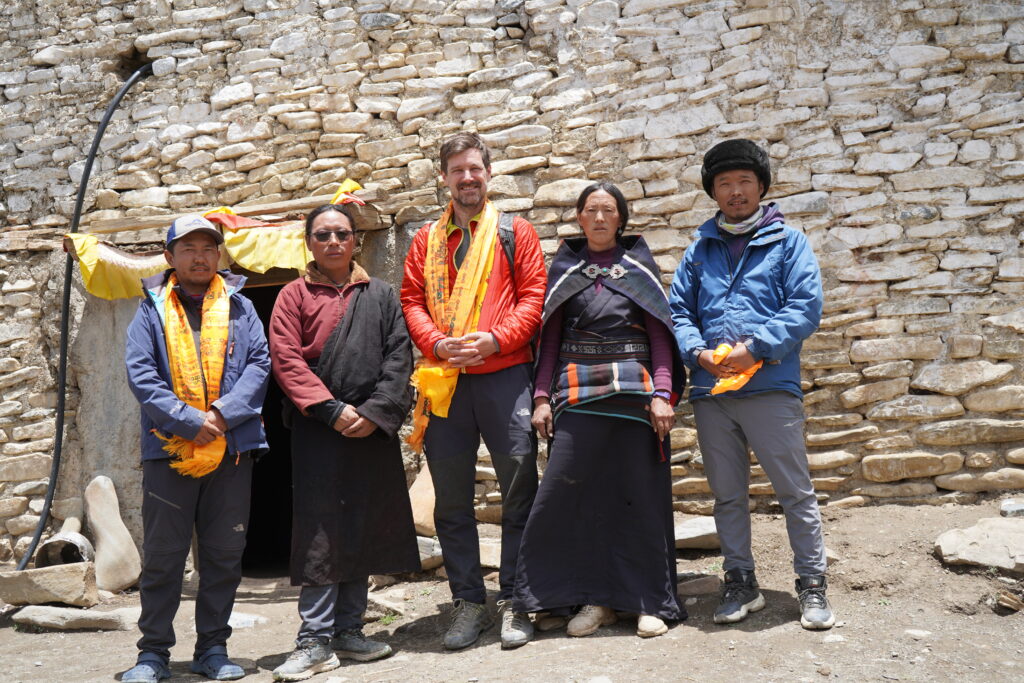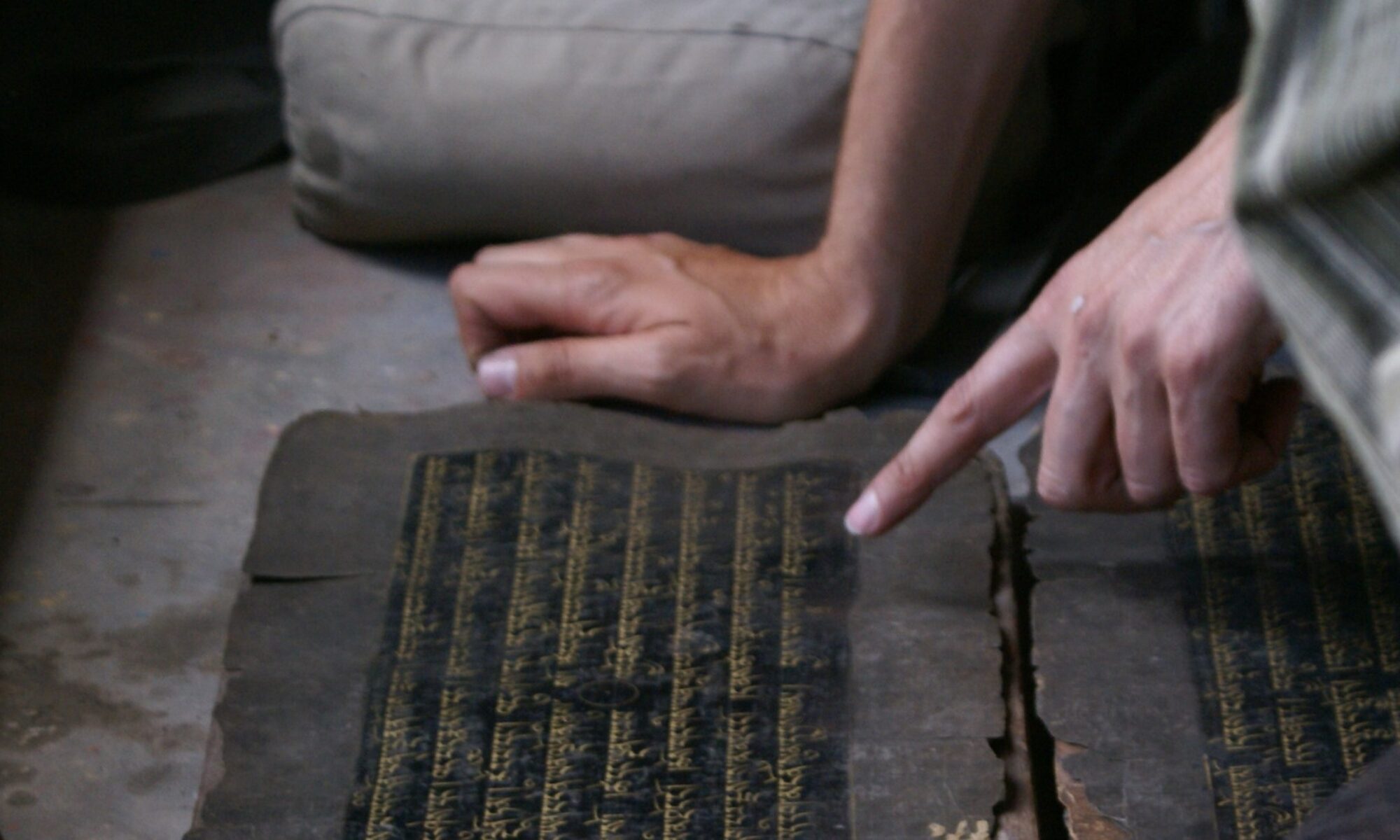A very important dimension of the TMPV’s documentation work is its contribution to the preservation of local cultural heritage. Most of the canonical manuscript collections studied by the TMPV are stored in rather precarious conditions, especially the many manuscripts recently documented in Dolpo, a very remote area in the borderlands between Nepal and Tibet with a weak infrastructure. The digitisation of such collections not only preserves this heritage in a direct way by providing a digital copy, but the engagement and care given to endangered manuscripts also helps to raise awareness of the importance of this heritage among local communities.
All of this work builds on strong and stable relationships with local stakeholders. Trust often takes time to develop and depends on personal relationships. But it is also strengthened by transparent and respectful communication. When documenting a new manuscript collection, objectives and procedures are discussed in detail with local stakeholders. This includes the mutual signing of a written agreement (in both English and Tibetan) that stipulates public access to the manuscript images through the websites of both the rKTs archive and our close cooperation partner BDRC (and excludes commercial use of the images).
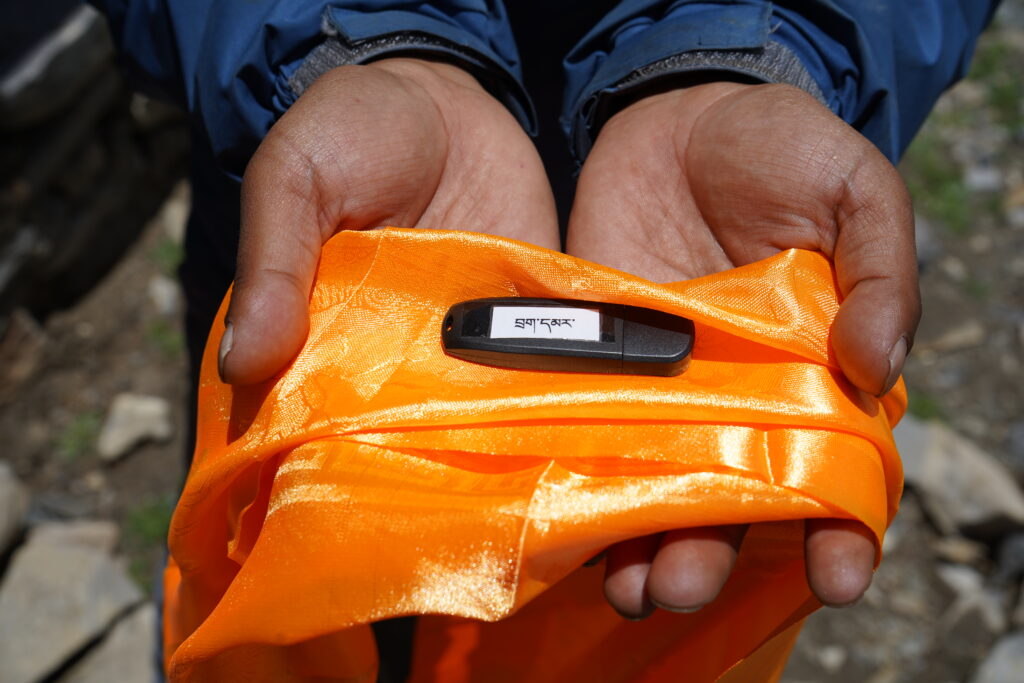
The TMPV also promises that once a collection has been published, a digital copy of all images will be returned to the institution. As part of this year’s documentation work in Bicher, Upper Dolpo, members of the TMPV took a longer detour to visit again the Tarap Valley, where collections from two institutions have been digitised over the past two years. At the recently rebuilt Drakmar (brag/drag dmar) Monastery, they met with Phurba Gyaltsen, secretary of the monastery association, and presented him with a USB stick containing images of all 116 large canonical volumes. Similarly, the image set of a Tantra collection (rnying ma rgyud ‘bum) from nearby Ghagar (gad dkar) Monastery, fragmentary in twenty-five volumes, was returned to Lama Pema Trinle, the monastery’s head lama.
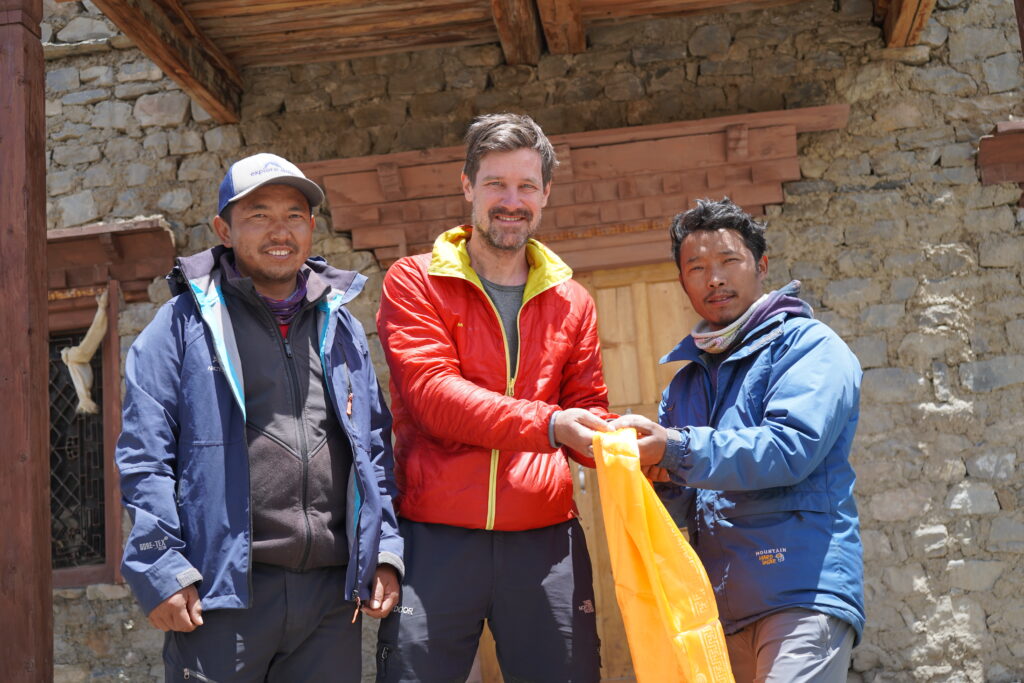
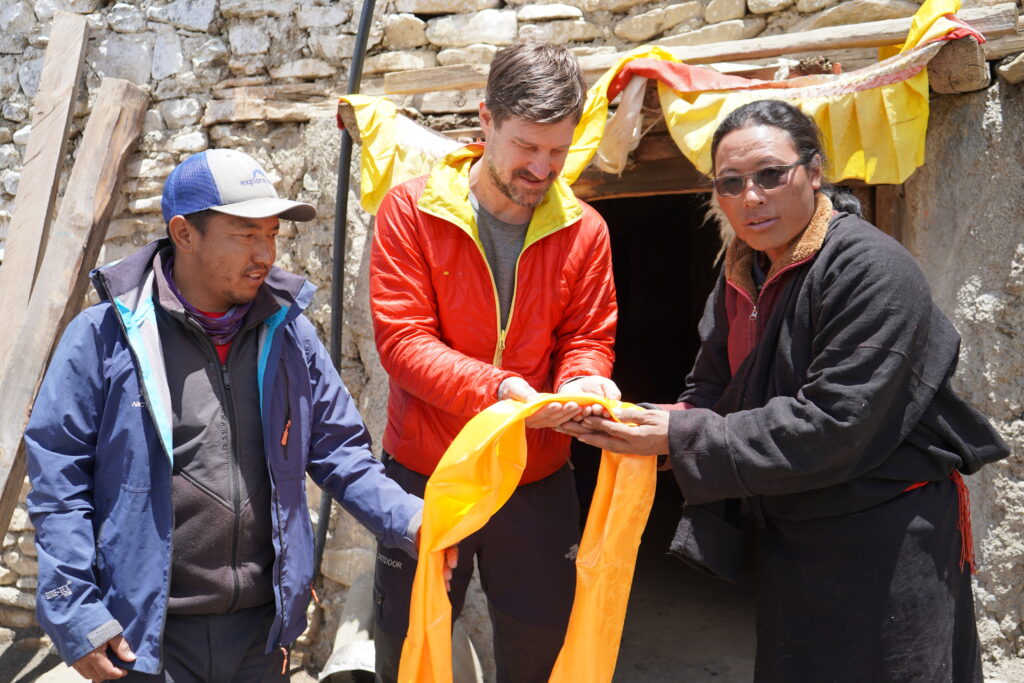
The digitisation of textual collections is a concrete means of protecting this heritage from natural disasters such as water, fire, earthquakes, etc. It is also important as proof of ownership for the institutions concerned. Even though theft of canonical copies is rare – they are simply too heavy to be stolen easily and do not fetch high prices on the international antiques market – it is important to show how digitisation of cultural heritage can act as a concrete countermeasure against such problems. And, perhaps more importantly, the documentation of cultural heritage also contributes to a sense of belonging and responsibility among local stakeholders.
